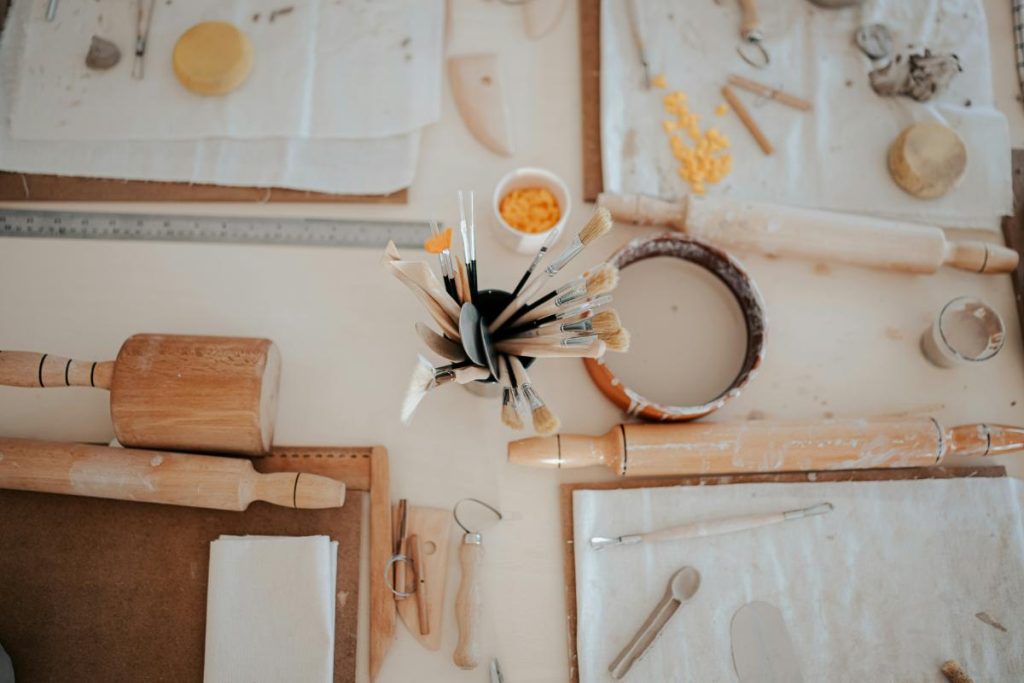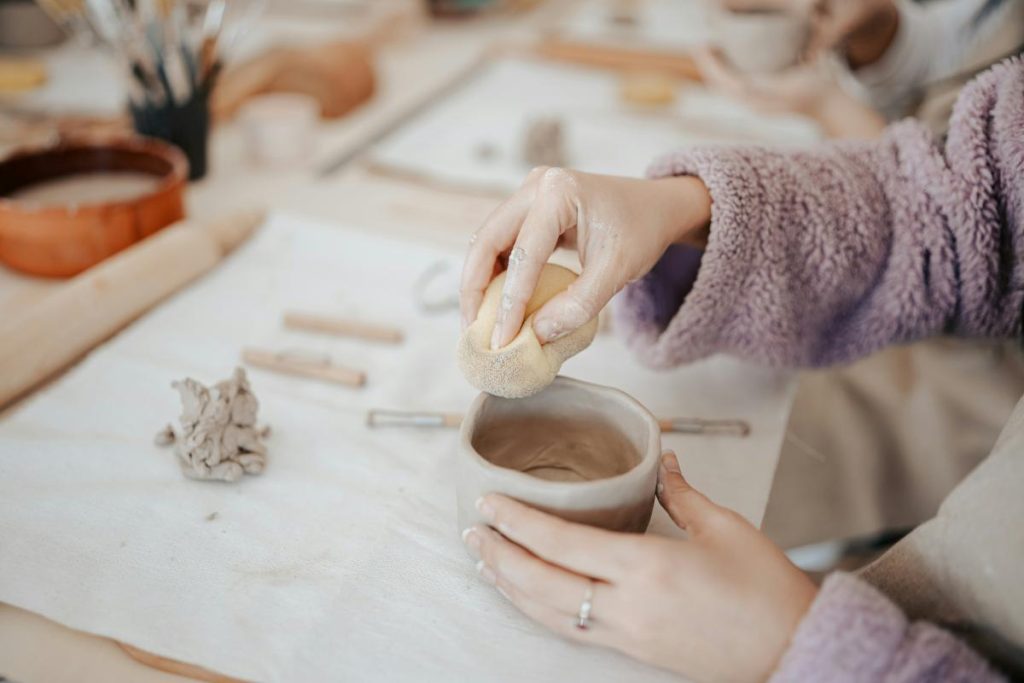Establishing a dedicated area for DIY projects in your home can significantly enhance your productivity and creativity. A well-organized workspace allows you to focus on your projects without the distractions that often come with working in shared living spaces. This guide will walk you through the process of creating an efficient and professional DIY workspace at home.

Choosing the Right Space
The first step in building your DIY workspace is determining its location within your home. Consider options such as a spare bedroom, garage, basement, or attic. When choosing your space, factor in size, lighting, ventilation, and separation from living areas.
Size is key; ensure there’s enough room for your workbench, storage, and larger tools. Look for a location with access to natural light if possible, as good lighting is essential for detailed work. Choose a space where you can easily install ventilation to control dust and fumes. If possible, select an area that can be physically separated from living spaces to minimize disturbances.
For those with limited space, consider multi-purpose areas or creative solutions like fold-away workbenches in a closet or garage. With some ingenuity, even a small area can be transformed into a functional crafting space.
Be Smart About Storage
Proper storage is a must for maintaining an organized and efficient workspace. Tool cabinets on wheels offer flexibility and convenience, allowing you to keep frequently used tools and accessories within reach and easily move them to where you’re working. These mobile units can be customized with various drawer and compartment layouts to suit your specific needs.
Incorporate a mix of stationary storage solutions to maximize space utilization. Wall-mounted pegboards are excellent for hanging tools, while shelving units can store materials and less frequently used items. Cabinet systems are ideal for storing power tools and supplies, keeping them protected from dust and damage.
Consider creating custom storage solutions tailored to your specific needs. Built-in workbench drawers can house small tools and hardware, while vertical storage works well for long items like pipes or lumber. Specialized racks can be designed for specific tools or materials, ensuring everything has its place.
Design an Efficient Workbench
Your workbench is the centerpiece of your DIY workspace. Choose one that is durable, adjustable, and has a high-quality surface. A heavy-duty bench that can withstand various tasks is essential. An adjustable height feature can accommodate different projects and improve ergonomics. Choose one with a smooth, tough surface that’s easy to clean and resistant to damage.
Make the bench is large enough for your typical projects but fits comfortably in your space. Consider adding features to enhance functionality, such as built-in vises for secure holding of materials, tool mounts for easy access to frequently used items, and power tool attachments for increased versatility.
Optimize Your Lighting and Electrical Setup
You need good lighting for accurate and safe work. Implement a combination of lighting types to create an ideal work environment. Install bright, energy-efficient overhead lights across the entire workspace. Use adjustable lamps or under-cabinet lighting for detailed work. If possible, position your workspace to take advantage of natural light from windows.
For your electrical setup, install multiple outlets around the workspace to reduce reliance on extension cords. Include safety features like circuit breakers and GFCI outlets in areas prone to moisture. Consider a separate circuit for high-power tools to prevent overloading. A well-planned electrical system will enhance both the functionality and safety of your workspace.
Install Ventilation and Dust Control
Proper air quality management is critical for for spaces where fumes or dust are generated. For woodworking or other dust-heavy activities, invest in a dust collection system. This will not only keep your workspace cleaner but also protect your respiratory health.
Ensure adequate airflow with fans or windows to exhaust fumes and bring in fresh air. Good ventilation is particularly important when working with paints, solvents, or other materials that produce strong odors or potentially harmful fumes.
Prioritize Ergonomics and Comfort
Creating a comfortable workspace will help you stay productive during long projects. Choose an ergonomic chair with adjustable height and good back support for tasks that require sitting. Use anti-fatigue mats in areas where you stand for extended periods to reduce fatigue and strain on your feet and legs.
Organize frequently used tools within easy reach to reduce strain and improve efficiency. Install a fan or space heater to maintain a comfortable working environment year-round. Remember, a comfortable workspace is one you’ll enjoy spending time in, which can significantly boost your productivity and enjoyment of DIY projects.

Maintain Your Workspace
Regular maintenance will keep your DIY area functional and enjoyable. Develop a habit of cleaning and organizing at the end of each work session. This simple practice will ensure you always start your next project with a clean, organized space.
Regularly clean and service your tools to ensure longevity and optimal performance. Well-maintained tools not only work better but are also safer to use. Evaluate your workspace setup periodically and make adjustments as your needs change. Your ideal workspace may evolve over time, so be prepared to adapt your setup as necessary.
Safety Considerations
Incorporate essential safety measures into your DIY workspace. Install a fire extinguisher and smoke detector to prepare for potential emergencies. Keep a well-stocked first aid kit easily accessible for minor injuries. Store safety glasses, hearing protection, and dust masks in a dedicated area to encourage their regular use.
Use proper containers and storage methods for paints, solvents, and other chemicals. Proper storage of these materials is crucial for both safety and maintaining their quality. By prioritizing safety in your workspace design, you create an environment where you can focus on your projects with peace of mind.
Creating a professional DIY workspace at home is an investment in your productivity and creativity. By carefully considering each aspect of your workspace – from location and storage to lighting and safety – you can create an environment that not only meets your current needs but can also adapt to future projects.
Remember that your ideal workspace may evolve over time. Start with the essentials and be prepared to make adjustments as you discover what works best for your specific needs and projects. With a well-planned and organized DIY workspace, you’ll be well-equipped to tackle projects of all sizes and complexities, turning your DIY dreams into reality.
